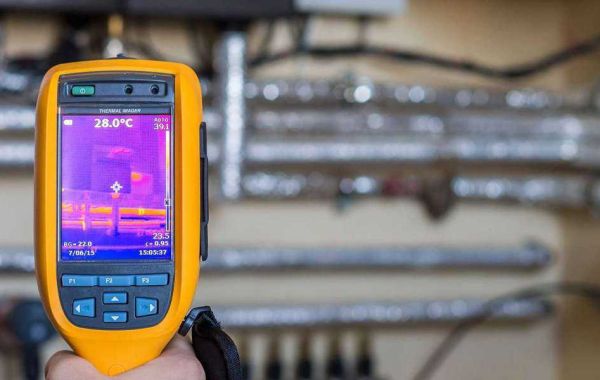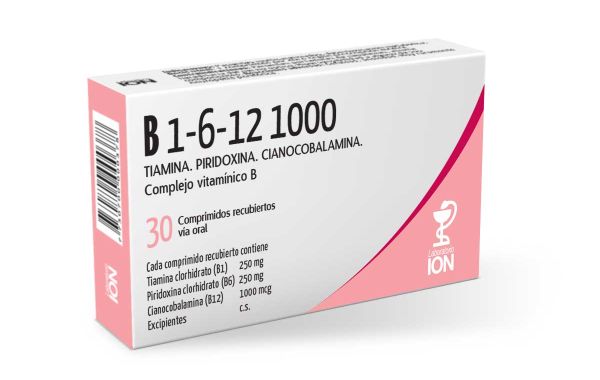Polyhydroxybutyrate or PHB is an example of polyhydroxyalkanoate (PHA), which is a polymer belonging to a class of polyesters. It is of significant importance to bio-derived and biodegradable plastics. The poly-3-hydroxybutyrate, aka P3HB, a form of PHB, is perhaps the most common type of polyhydroxyalkanoate. Other polymers of this class are manufactured by a variety of organisms and these polymers include, poly-4-hydroxybutyrate or P4HB, polyhydroxy valerate or PHV, polyhydroxyalkanoate or PHH, polyhydroxyalkanoate or PHO, and their copolymers.
PHB-derived plastics look attractive simply because they are compostable and extracted from renewable materials and are bio-degradable in nature. PHB is water-insoluble and relatively resistant to hydrolytic degradation. This differentiates PHB from most of the available biodegradable plastics, that are currently either water-soluble or moisture-sensitive. It has good oxygen permeability and high UV resistance, but it shows poor resistance against acids and bases. It is soluble in chloroform as well as other chlorinated hydrocarbons. It is biocompatible and therefore is suitable for medical applications. Its melting point is about 175. Its tensile strength is about 40 MPa, which is close to that of polypropylene. It sinks in water, whereas polypropylene floats, thus it facilitates its anaerobic biodegradation in sediments.








